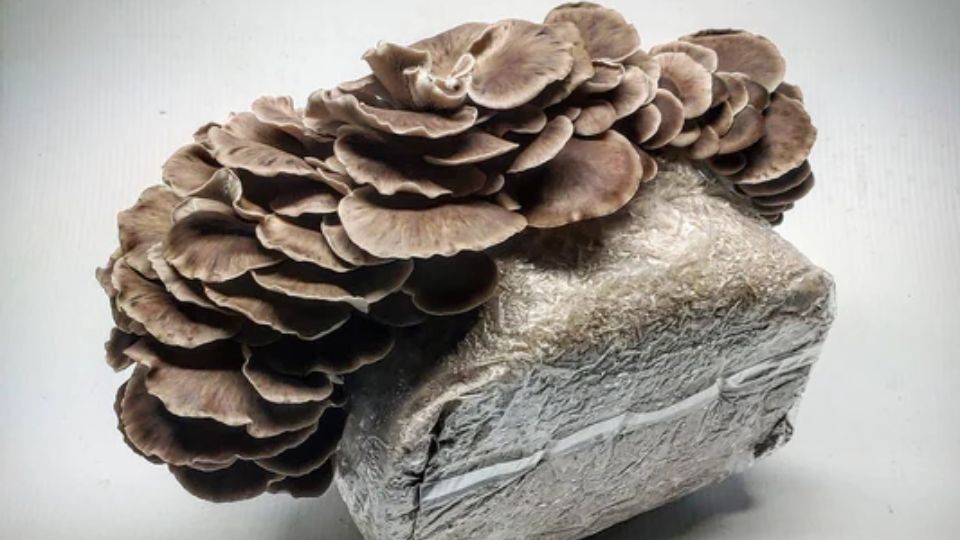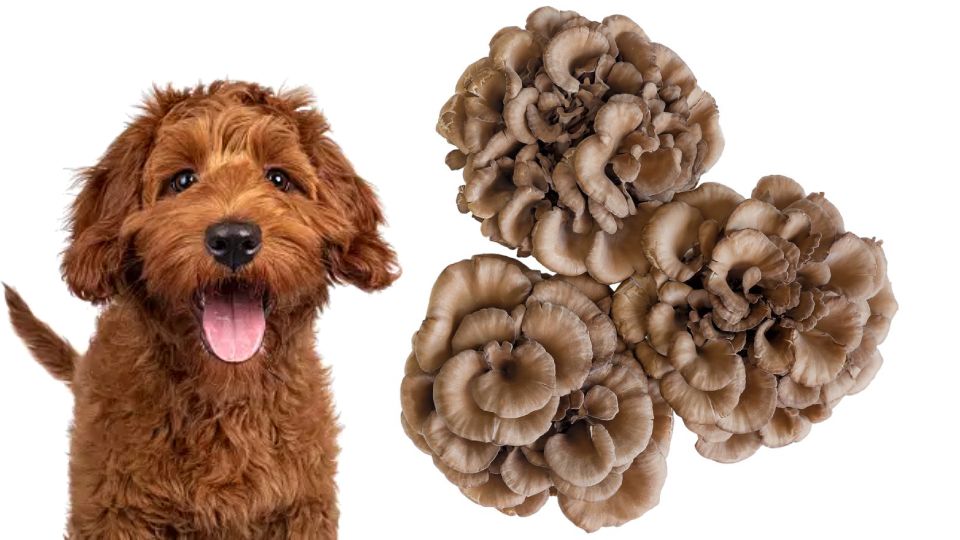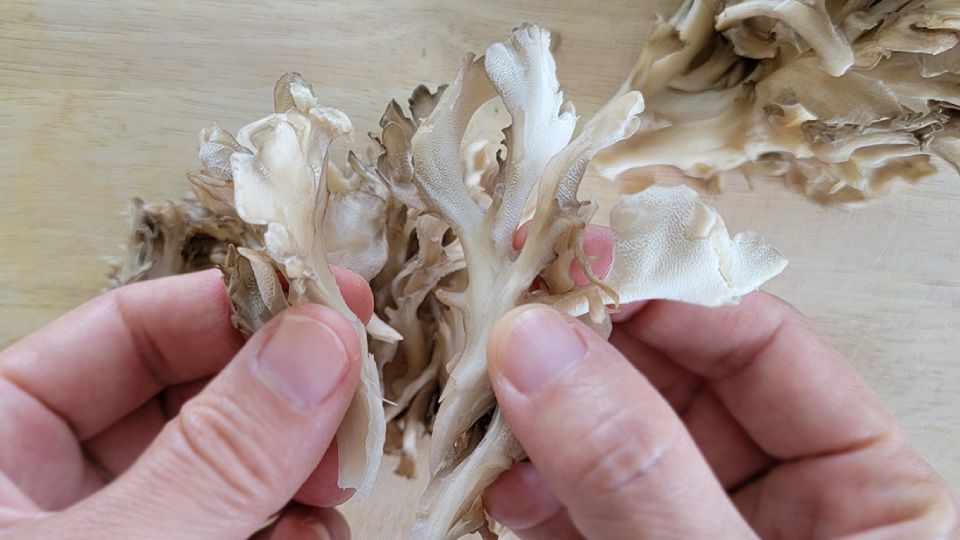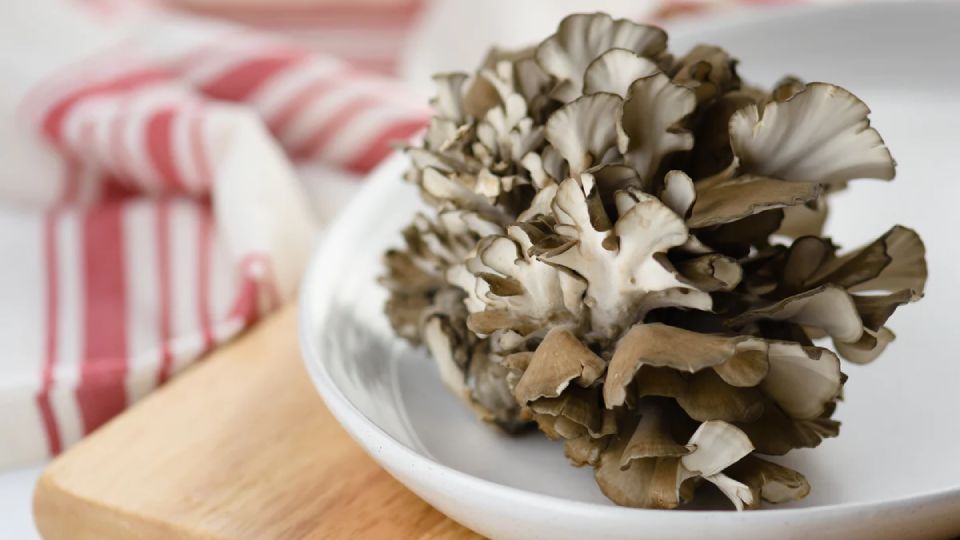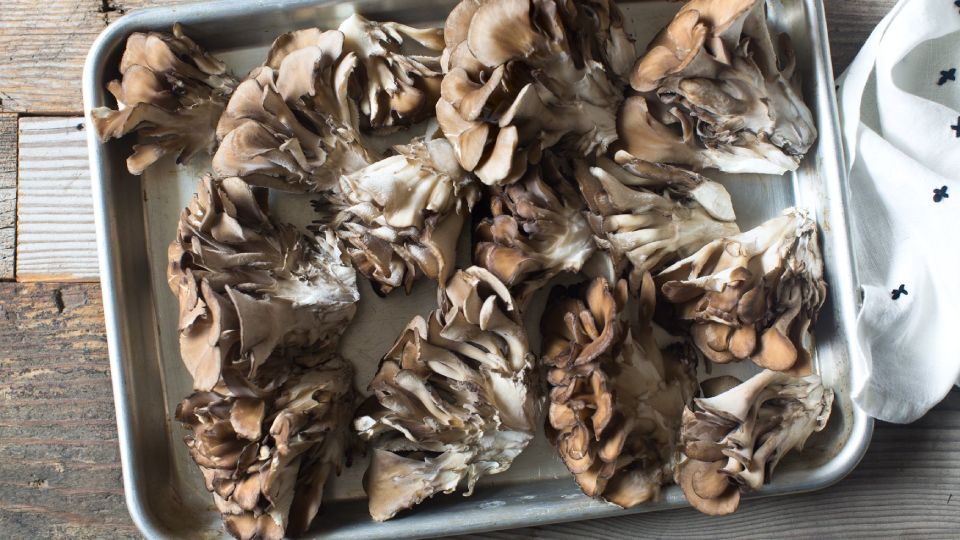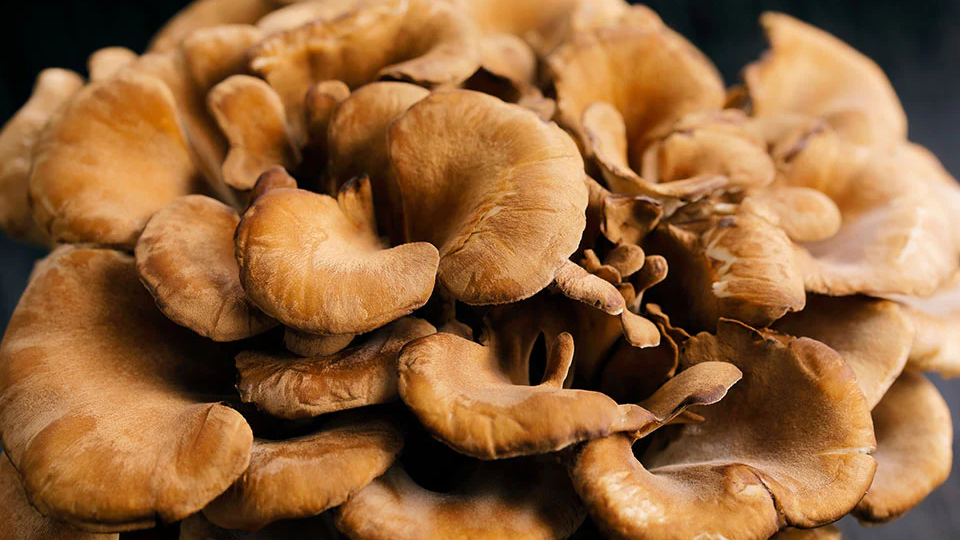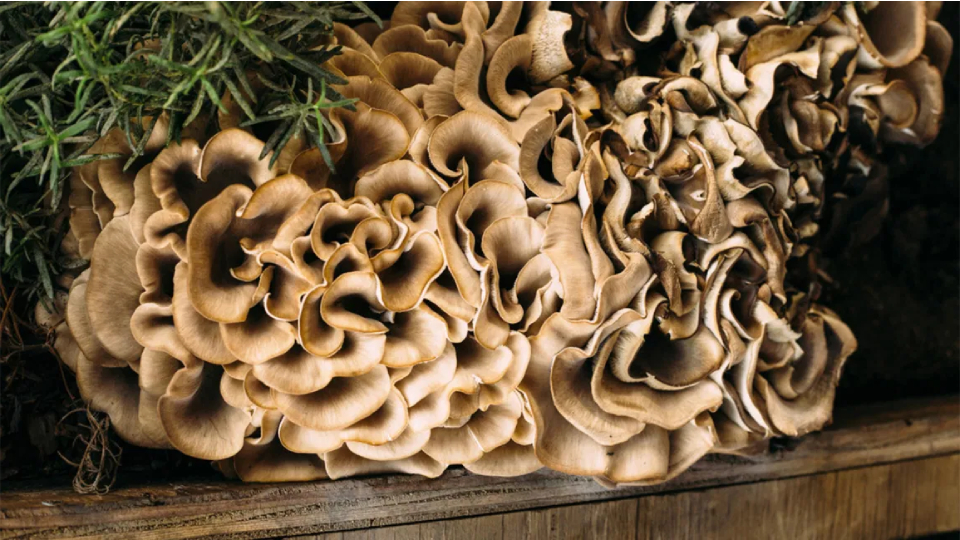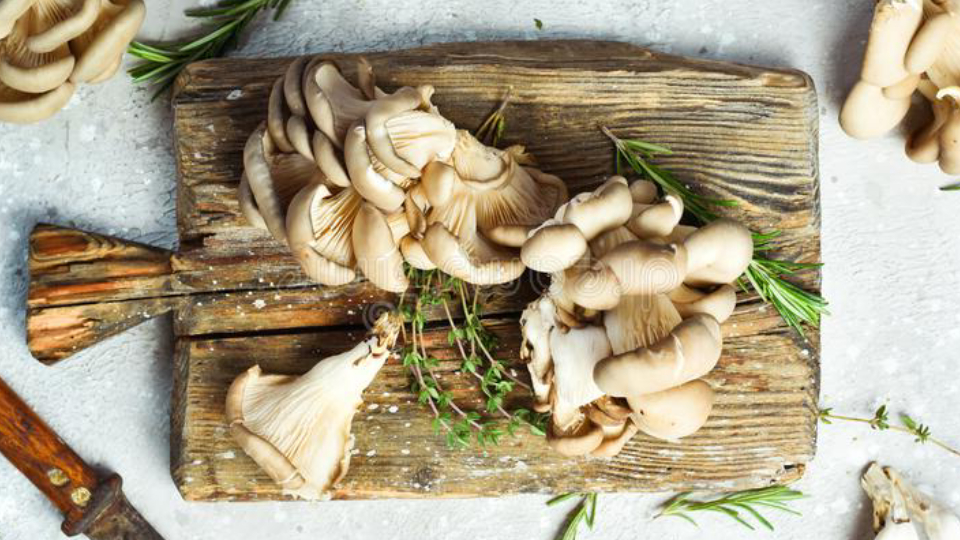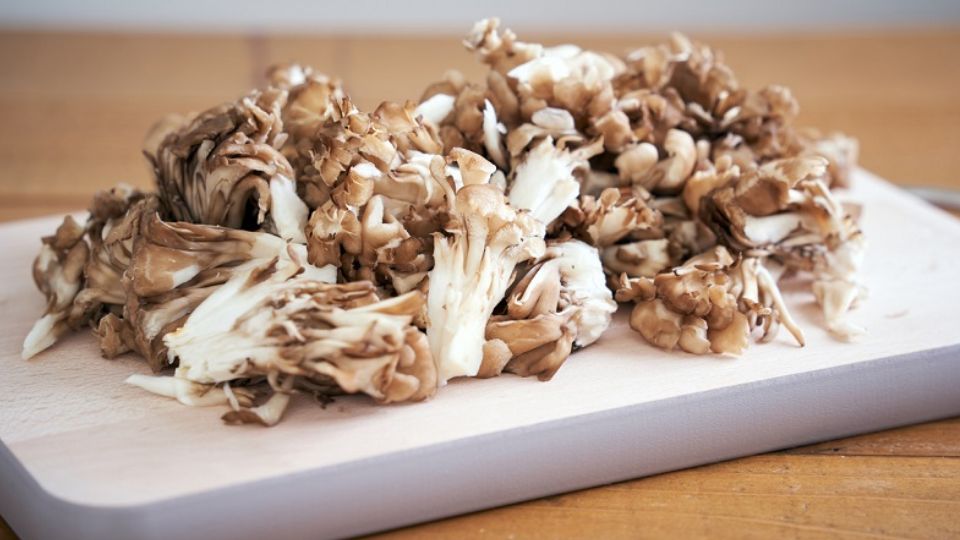
Maitake Mushrooms: A Complete Guide
Maitake mushrooms (Grifola frondosa), in Chinese also known as Hui Shu Hua (灰树花), are a type of fungi that grow in moderate climates worldwide. They have a distinct fan-like shape and flavor, making them popular in various dishes. They are also known as “Sheepshead”, “Hen of the Woods”, and “King of Mushrooms”.
The name “Maitake” means dancing mushroom in Japanese, derived from the joy people feel when discovering it in the wild due to its remarkable healing properties.
This mushroom serves as an adaptogen, aiding your body in handling physical and mental challenges. It helps regulate imbalanced bodily systems. While you can use it in recipes for its taste, it’s recognized as a medicinal mushroom.
Knowing about their history, cultivation, and how to use them in recipes can help you get the most from Maitake mushrooms. By incorporating them into your diet, you can enjoy their unique taste and potential health benefits.
Identify Maitake Mushrooms
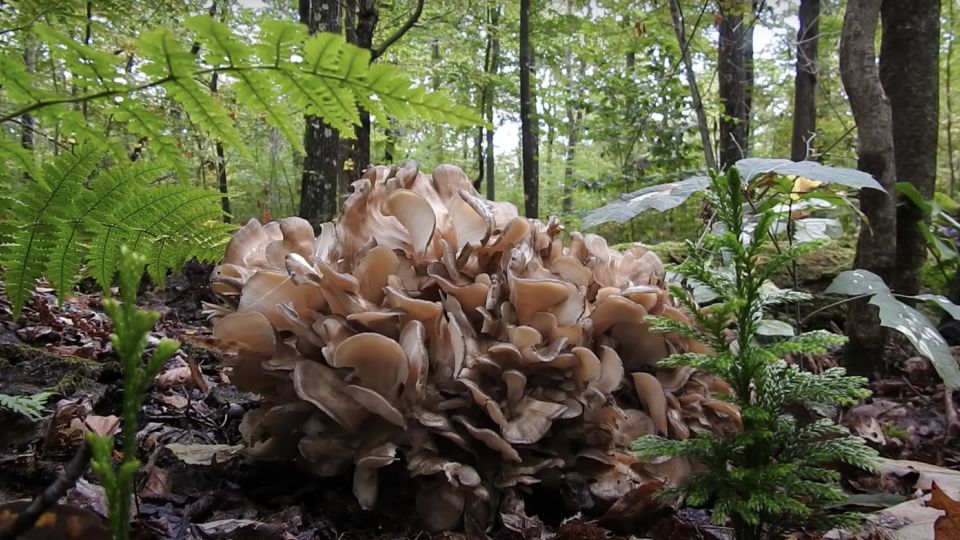
Identifying Maitake mushrooms is relatively simple with some guidance. The mushrooms grow in clusters of fan-shaped caps that overlap, with a short and stubby stalk. The caps usually come in a brownish-gray color and have a soft and spongy texture with white undersides.
It is best to search for these mushrooms during fall when they are in season. You can find them in wooded areas throughout North America, Europe, and Asia. Focus your search on the base of oak, elm, or maple trees, as these mushrooms are known to grow in a symbiotic relationship with these trees.
Rest assured, there are no toxic or poisonous lookalikes to maitake mushrooms, so you can forage without worry. Berkeley’s polypore mushroom, cauliflower mushrooms, and black stain mushrooms are the three fungi that are most similar to them – all of which are edible fungi.
History
Maitake mushrooms have been discovered in Japan in the late 16th century and have a long history of use in traditional Chinese and Japanese medicines. They were believed to have medicinal properties that could boost immunity, combat cancer, and improve overall health.
In traditional Chinese medicine, they were used to treat a variety of ailments including high blood pressure, diabetes, and cancer, as they were thought to strengthen the immune system and promote longevity.
In Japan (Japanese for dancing mushrooms), they were considered a symbol of good fortune and were believed to possess anti-aging properties. They are now gaining popularity worldwide and can be found in the wild or commercially cultivated in North America, Europe, and Asia.
Health Benefits of Maitake Mushrooms
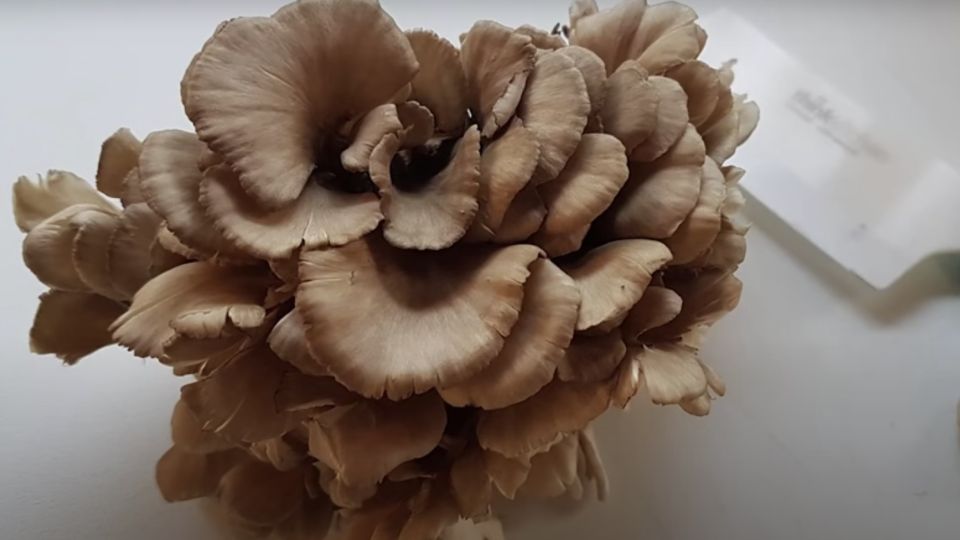
1. Lowering Cholesterol
Maintaining a healthy heart means keeping your cholesterol levels in check. High cholesterol can lead to arteries clogging up, making it harder for blood to flow and putting extra strain on your heart.
Beta-glucans found in Maitake mushrooms have been proven to reduce cholesterol levels in animals. In 2013, a study observed that maitake powdered extract effectively lowered cholesterol levels in mice[1].
2. Improving Heart Health
Maitake mushrooms’ beta-glucans not only reduce cholesterol but also enhance artery function and overall cardiovascular health. This helps lower the risk of heart disease. They work to make your arteries function better and give your heart health a boost, reducing the chances of heart disease. These special compounds in maitake also bring down LDL (the not-so-good cholesterol) without touching your triglycerides or HDL (the good cholesterol)[2].
3. Boosting Immunity
Furthermore, Beta-glucan also gives your immune system a boost. Maitake’s D-fraction is a powerhouse for your immune system. It ramps up the production of essential proteins called lymphokines and interleukins, making your immune response stronger and more effective[3].
4. Potential Cancer Treatment
Lately, there’s been exciting research exploring how maitake mushrooms could relate to cancer. While the studies mostly involve animals and lab settings, maitake might possess potent cancer-fighting qualities, making it a valuable addition to your diet.
One study, published in the International Journal of Cancer, used mice and found that a Grifola frondosa extract could effectively halt tumor growth.
Likewise, a 2013 study done in a lab environment indicated that maitake mushroom extract could potentially suppress the growth of breast cancer cells[4].
5. Reduces Blood Pressure
Making maitake a regular part of your diet could be a helpful step in keeping your blood pressure in check and preventing high blood pressure symptoms.
A study in the International Journal of Medical Sciences showed that an extract from Grifola frondosa lowered age-related hypertension in rats[5].
6. Promotes Fertility
Research points to the potential benefits of maitake mushrooms in addressing PCOS and its related challenges, such as infertility.
In a 2010 study carried out at Tokyo’s J.T. Chen Clinic’s Department of Gynecology, maitake extract exhibited the ability to trigger ovulation in participants with PCOS. Remarkably, its effectiveness rivaled that of conventional treatment medications[6].
“Maitake mushrooms are a gift of nature that can be used to promote health and well-being. Their bioactive compounds can support the immune system, balance blood sugar levels, and reduce inflammation, making them a valuable addition to any diet.”
– Paul Stamets, Mycologist
Maitake Mushrooms Medical Compounds
Maitake mushrooms contain a range of bioactive compounds with potential health benefits. These compounds include:
- Beta-glucans: Rich in beta-glucans, these mushrooms have complex carbohydrates that can modulate the immune system, enhancing its response to infections and diseases[7].
- Polysaccharides: Maitake mushrooms harbor various polysaccharides, including alpha-glucans and heteroglucans. These compounds have undergone studies for their possible anti-inflammatory and anti-tumor effects.
- Lectins: These protein molecules found in Maitake mushrooms can potentially bolster the immune system, impacting immune cells and cellular signaling pathways.
- Ergosterol (Provitamin D2): These mushrooms possess ergosterol, a compound that can convert to vitamin D2 upon exposure to sunlight or ultraviolet (UV) light. Vitamin D2 is crucial for immune function and bone health.
- Amino Acids: Maitake mushrooms serve as sources of diverse amino acids, essential building blocks for proteins that play vital roles in physiological processes.
- Antioxidants: Vitamin C (ascorbic acid) and vitamin E (tocopherols) are present in Maitake mushrooms as compounds with antioxidant properties. They safeguard cells from oxidative stress and damage.
- Minerals: Potassium, copper, selenium, and zinc are minerals present in these mushrooms. These minerals contribute to immune support and antioxidant defense.
- Proteins and Peptides: Maitake mushrooms house proteins and peptides that may contribute to potential health benefits. Some of these compounds might exhibit antiviral and immunomodulatory effects.
While Maitake mushrooms have a history of traditional use for their potential health advantages, ongoing research is essential to comprehend their medical properties and possible applications more fully. It’s advisable to consult healthcare professionals before making significant dietary changes or using supplements derived from Maitake mushrooms.
Maitake Nutrition Facts
| Nutrient per 100 grams | Amount |
|---|---|
| Calories | 31 kcal |
| Carbohydrates | 6.9 g |
| – Dietary Fiber | 2.7 g |
| Protein | 2.2 g |
| Fat | 0.3 g |
| Vitamin D | ~ 21 IU |
| Vitamin B2 (Riboflavin) | 0.4 mg |
| Vitamin B3 (Niacin) | 3.1 mg |
| Vitamin B5 (Pantothenic Acid) | 1.1 mg |
| Vitamin B6 | 0.1 mg |
| Folate (Vitamin B9) | 15 μg |
| Potassium | 220 mg |
| Copper | 0.3 mg |
| Selenium | 18.7 μg |
| Zinc | 1.6 mg |
| Manganese | 0.2 mg |
Maitake Mushrooms Cultivation
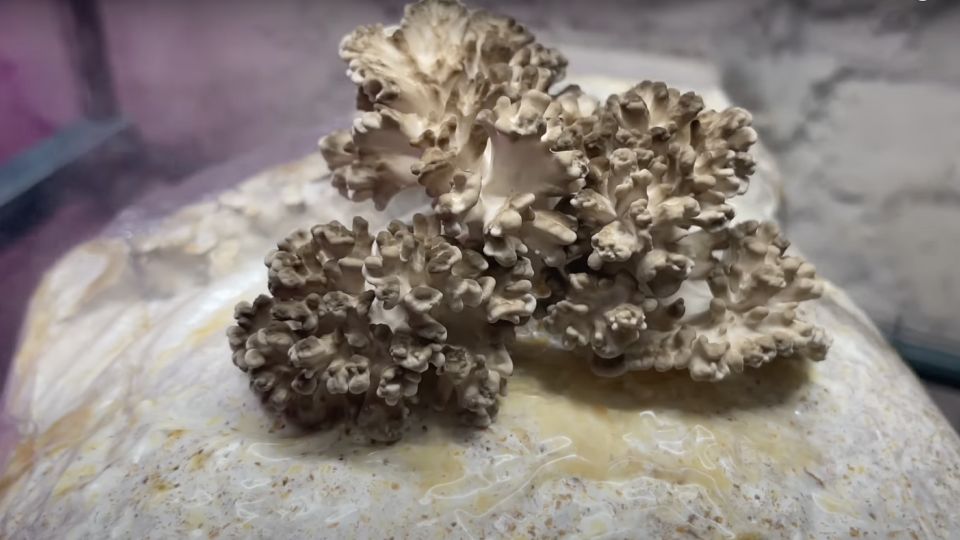
If you want to grow maitake mushrooms, fall is the best time to do it because of cooler temperatures and higher humidity. These mushrooms naturally grow on trees like oaks, maples, and elms. So, it’s ideal to cultivate them on logs made from these trees.
To grow these mushrooms successfully, you need to maintain a temperature of 55-65°F (12-18°C) and humidity levels of 85-90%. Consistent moisture is essential for their growth. Growing maitake mushrooms to maturity can take several months, or even up to 2 years, depending on various factors like growing conditions and the particular strain of these mushrooms you’re cultivating.
To harvest, be gentle, and take care not to damage the young mushrooms. It’s best to do it when the cap is just starting to open up. To grow maitake mushrooms successfully, seek guidance from experienced growers, do your research, and maintain optimal growing conditions. With the necessary expertise and tools, you can successfully grow them in a variety of settings.
How to Cook With Maitake Mushrooms
You can use maitake mushrooms just like any other mushroom. They bring both delightful flavor and cooking ease to your kitchen. Let’s explore some practical tips and methods for preparing these tasty mushrooms:
1. Cleaning: Unlike the usual approach, it’s recommended to wash Maitake before cooking. This ensures they’re clean, as many mushrooms grow in manure. Just remember to wash them right before cooking to maintain their texture.
2. Preparation: Trim off the tough white base of the mushrooms, which is the part that touches the ground. This can be frozen for making mushroom stock later. Since Maitake mushrooms have a leaf-like structure, there’s no need to slice them; simply separate the pieces.
3. Sautéing: Sautéing is a popular way to cook Maitake mushrooms. Heat a large sauté pan over medium-high heat, add butter and olive oil, then sauté the sliced mushrooms until they reach your desired level of doneness.
4. Tempura: Another delightful option is making tempura with these mushrooms. Create a quick tempura batter using rice flour, then fry the mushrooms over medium-high heat. Serve with a soy dipping sauce.
5. Seasonings: Maitake mushrooms boast an earthy, peppery flavor. Elevate their taste by adding minced garlic, soy sauce, and a hint of Sriracha. Cook the mushrooms with these seasonings for about a minute to infuse flavors.
6. Serving Ideas: Once your mushrooms are cooked, there are various ways to enjoy them:
- Enjoy them as a simple, flavorful side dish.
- Enhance soba noodles with their unique taste.
- Elevate stir-fries, like cauliflower or tofu stir fry, with their presence.
- Top off a pizza with these mushrooms for a delicious twist.
- Make your mushroom ramen more exciting with Maitake.
Remember: It’s essential to cook Maitake mushrooms thoroughly before consuming. While they aren’t poisonous when raw, eating them raw might lead to stomach discomfort or allergic reactions.
Learn how to cook 5 other delicious medicinal mushrooms.
What Do They Taste Like?

Like all mushrooms, maitake mushrooms offer an earthy taste, they are often described as meaty and savory, with a slightly sweet or nutty undertone. Their firm, meaty texture makes them a great meat substitute in vegetarian dishes. When cooked, they become crispy and caramelized on the outside, while still retaining their tender interior.
They can be a tasty and nutritious addition to any meal. They are delicious and packed with antioxidants, vitamins, and minerals that can help boost your immune system and support your overall well-being. So, if you’re looking for an ingredient that can give you a nutritional boost, try adding Maitake mushrooms to your dishes and enjoy the unique flavor and health benefits of this amazing superfood
Maitake Mushrooms Side Effects
In general, maitake mushrooms are safe to eat in moderation, but taking high doses of them can cause side effects. These side effects include lower blood sugar levels, which can be risky for people with low blood sugar or taking medications that lower blood sugar.
They can also boost the immune system, which may be troublesome for people with autoimmune diseases or an overactive immune system.
Occasionally, allergic reactions to these mushrooms can occur, resulting in itching, rashes, or difficulty breathing. However, these side effects are uncommon and generally happen only with high doses.
IMPORTANT
It is advisable to speak with a healthcare provider before adding this mushrooms to your diet to prevent any possible negative interactions or side effects.
Get to know the incredible health benefits of Maitake mushrooms through our comprehensive guide.
Our user-friendly resources will provide you with a better understanding of the impressive capabilities of Maitake mushrooms.
- Maitake Mushroom Growing KitMaitake Mushroom Growing Kit Instructions If you’re interested in growing Maitake mushrooms (Hen of the wood) at home, consider the mushroom growing kit. These kits … Read more
- Can Dogs Eat Maitake MushroomsCan Dogs Eat Maitake Mushrooms? As responsible pet owners, it’s only natural to wonder about the suitability of different foods for our furry companions. One … Read more
- How to Prepare Maitake MushroomsHow to Prepare Maitake Mushrooms? (Tips) Maitake mushrooms are a tasty and healthy choice for any meal. If you’re new to cooking with these mushrooms, … Read more
- Maitake Mushroom Weight LossMaitake Mushroom for Weight Loss – All You Need to Know In the realm of natural remedies, one gem stands out for its potential to … Read more
- Maitake mushroom where to buyWhere to Buy Maitake Mushroom: Top Sources People often wonder where to find Maitake mushrooms. If you’re looking, specialty grocers might have the fresh ones, … Read more
- Maitake Mushroom RecipesMaitake Mushroom Recipes (6 Best Ways) Explore our top 6 Maitake mushroom recipes. These unique fungi boast an earthy flavor and a meaty texture that’ll … Read more
- Maitake Mushrooms BenefitsMaitake Mushroom Benefits – All You Should Know Maitake mushrooms have a rich history as both culinary and medicinal treasures. The name “maitake” originates from … Read more
- Growing Maitake MushroomsGrowing Maitake Mushrooms At Home Growing mushrooms at home is gaining popularity among gardeners and mushroom enthusiasts worldwide. Maitake mushrooms, also known as Hen of … Read more
- How to Cook Maitake MushroomsHow to Cook Maitake Mushrooms (Recipes) Cooking maitake mushrooms is a delightful and nutritious way to savor their distinct flavor. These mushrooms can enhance a … Read more
References
1. Effect of Dietary Maitake (Grifola frondosa) Mushrooms on Plasma Cholesterol and Hepatic Gene Expression in Cholesterol-Fed Mice. Retrieved from https://www.jstage.jst.go.jp/article/jos/62/12/62_1049/_article/-char/en
2. Effect of Dietary Maitake (Grifola frondosa) Mushrooms on Plasma Cholesterol and Hepatic Gene Expression in Cholesterol-Fed Mice. Retrieved from https://pubmed.ncbi.nlm.nih.gov/19906249/
3. A phase I/II trial of a polysaccharide extract from Grifola frondosa (Maitake mushroom) in breast cancer patients: immunological effects. Retrieved from https://www.ncbi.nlm.nih.gov/pmc/articles/PMC3751581/
4. A phase I/II trial of a polysaccharide extract from Grifola frondosa (Maitake mushroom) in breast cancer patients: immunological effects. Retrieved from https://www.ncbi.nlm.nih.gov/pmc/articles/PMC3751581/
5. Anti-diabetic activity present in the fruit body of Grifola frondosa (Maitake). I. Retrieved from https://pubmed.ncbi.nlm.nih.gov/7820117/
6. Maitake mushroom (Grifola frondosa) extract induces ovulation in patients with polycystic ovary syndrome: a possible monotherapy and a combination therapy after failure with first-line clomiphene citrate. Retrieved from https://pubmed.ncbi.nlm.nih.gov/21034160/
7. B-glucans from Grifola frondosa and Ganoderma lucidum in breast cancer: an example of complementary and integrative medicine. Retrieved from https://www.ncbi.nlm.nih.gov/pmc/articles/PMC5973856/

